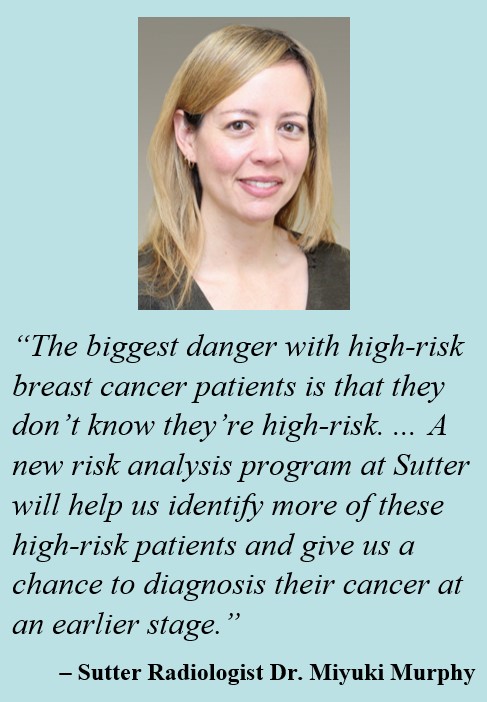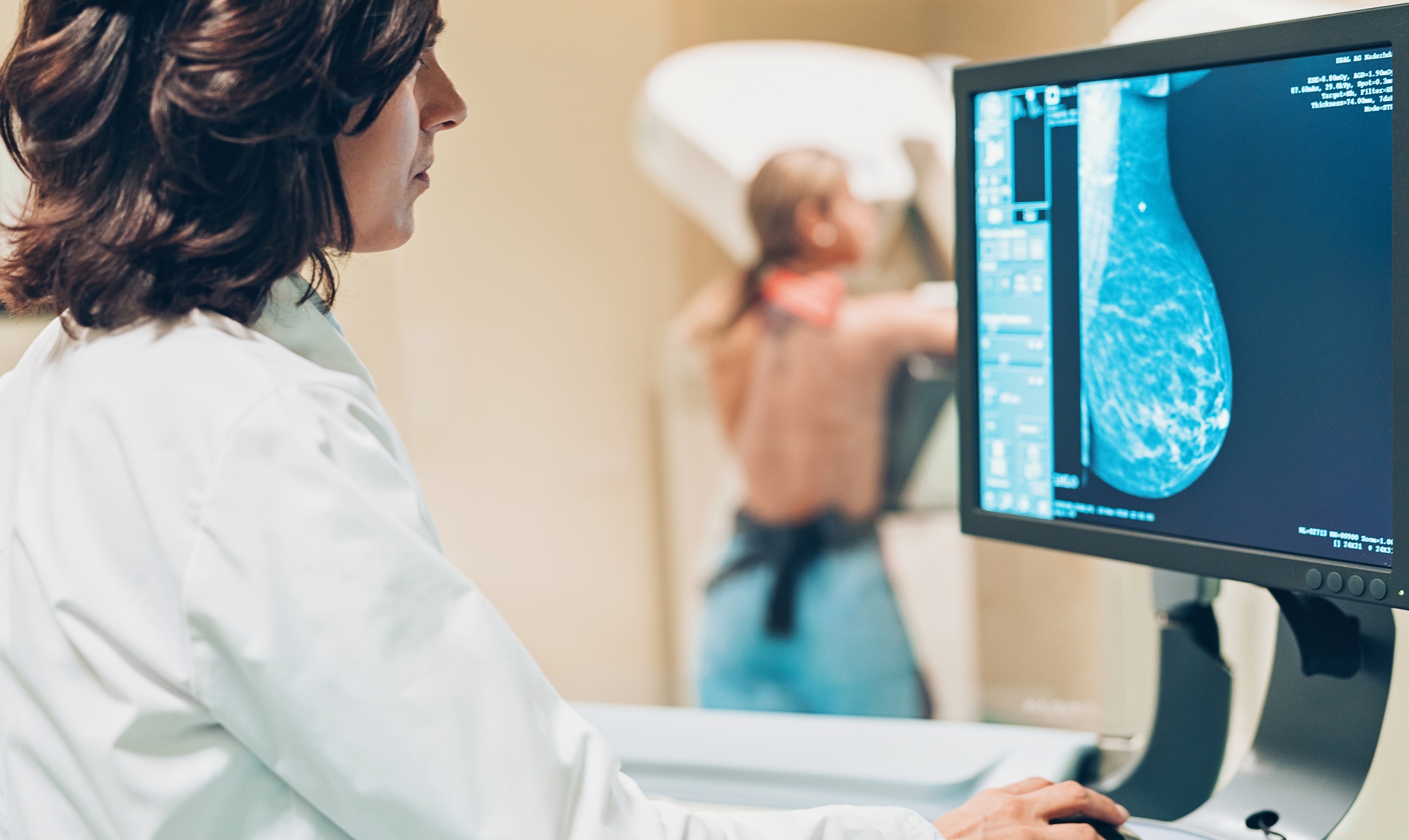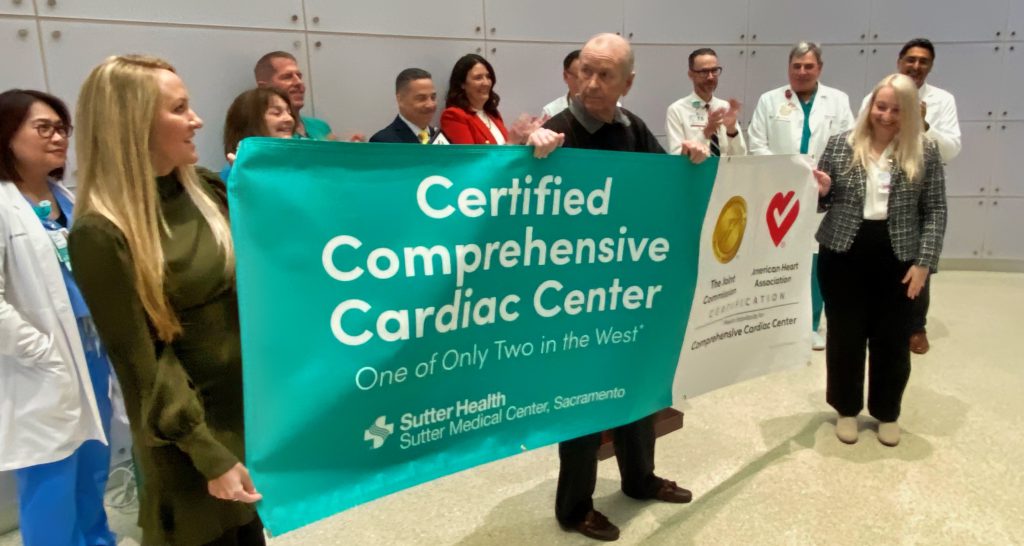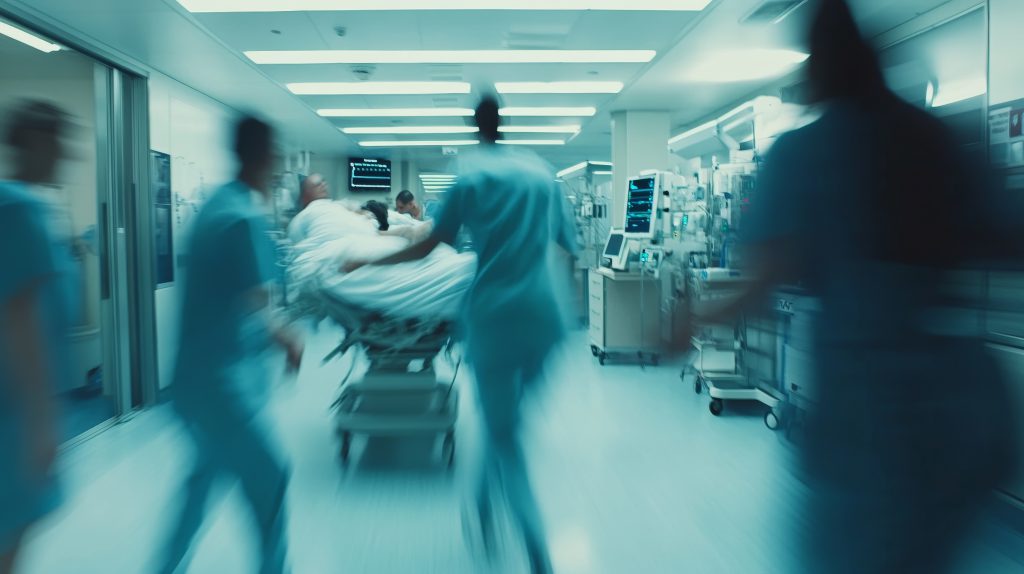According to the American Cancer Society, one in eight women will be diagnosed with breast cancer during their lifetime. Breast cancer is the second-leading cause of cancer death in women.
“This makes it critical for women to not only receive regular mammography screenings, but also understand their risk of developing breast cancer so they can get connected to additional care if necessary,” says Dr. Miyuki Murphy, a Sutter radiologist in Sacramento, Calif. “The biggest danger with high-risk breast cancer patients is that they don’t know they’re high-risk. We know that early detection is the best chance for effective treatment and survival for individuals facing a cancer diagnosis. A new risk analysis program at Sutter will help us identify more of these high-risk patients and give us a chance to diagnosis their cancer at an earlier stage.”
Novel Program for Earlier Detection, Treatment of Breast Cancer
Dr. Murphy and other doctors at Sutter have begun offering patients access to a new program called Volpara Risk Pathways™ that was recently launched across the not-for-profit, integrated health system. She believes the program can aid earlier detection of breast cancer and allow Sutter specialists to recommend a more personalized approach for prevention and treatment.
 The Volpara software helps simplify risk assessment for various cancers, including breast. Sutter Health implemented this new preventative tool as part of the organization’s high-risk breast cancer program. It is available to patients receiving a screening or diagnostic mammogram at care centers across Sutter Health.
The Volpara software helps simplify risk assessment for various cancers, including breast. Sutter Health implemented this new preventative tool as part of the organization’s high-risk breast cancer program. It is available to patients receiving a screening or diagnostic mammogram at care centers across Sutter Health.
“Implementing the program allows us to guide screening for each patient,” says Dr. Nazia Jafri, a Sutter radiologist in San Francisco, Calif. “We’re giving patients a more individualized plan based on their risk assessment and gaining a better understanding of their potential risk of developing breast cancer in their lifetime. Based on these risk assessment tools, we can guide these women to appropriate screening for early detection.”
Breast Cancer Risk Assessment Tool: How it Works
When patients make an appointment at Sutter Health for their mammography screening, they will receive an invite by email and text message to complete the assessment before their screening appointment.
Once a patient’s personal risk information has been collected, specialists at Sutter can access a set of risk models and clinical guidelines to accurately identify and triage high-risk patients for follow-up care, including genetic testing and additional medical imaging such as ultrasound or breast MRI.
When a patient’s risk has been determined and documented in the radiology report, the risk score will be sent to the patient (those enrolled in MyHealthOnline) and their primary care provider. Sutter PCPs will notify high-risk patients and refer individuals for follow-up and next steps as needed, helping increase the likelihood of early breast cancer detection. Patients will be encouraged to periodically update their risk assessment when visiting a Sutter care center for a screening appointment. They will also have the opportunity to update their profile when needed.
In the future, the Volpara Risk Pathways™ software may be implemented at Sutter Health for earlier detection of other types of cancer, too.
Do you or a loved one have cancer? Find resources offered at Sutter Health.





